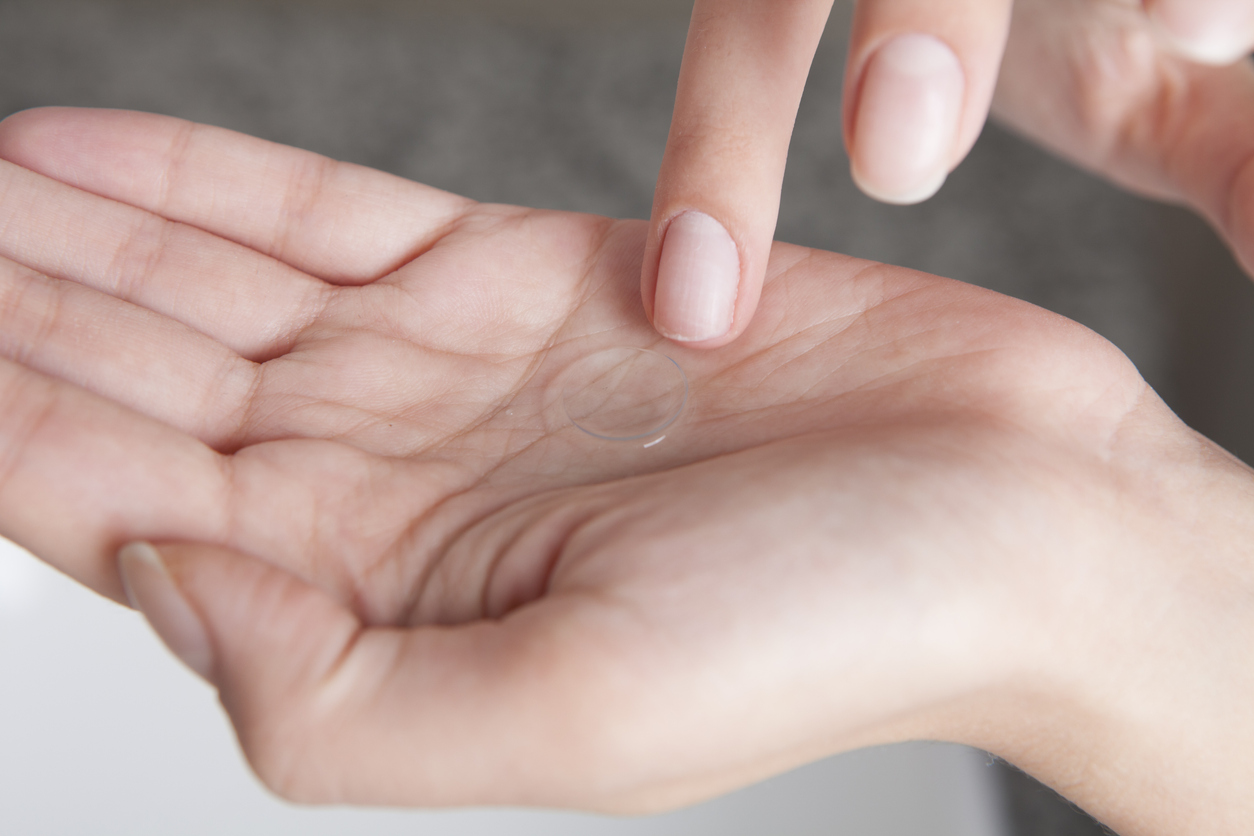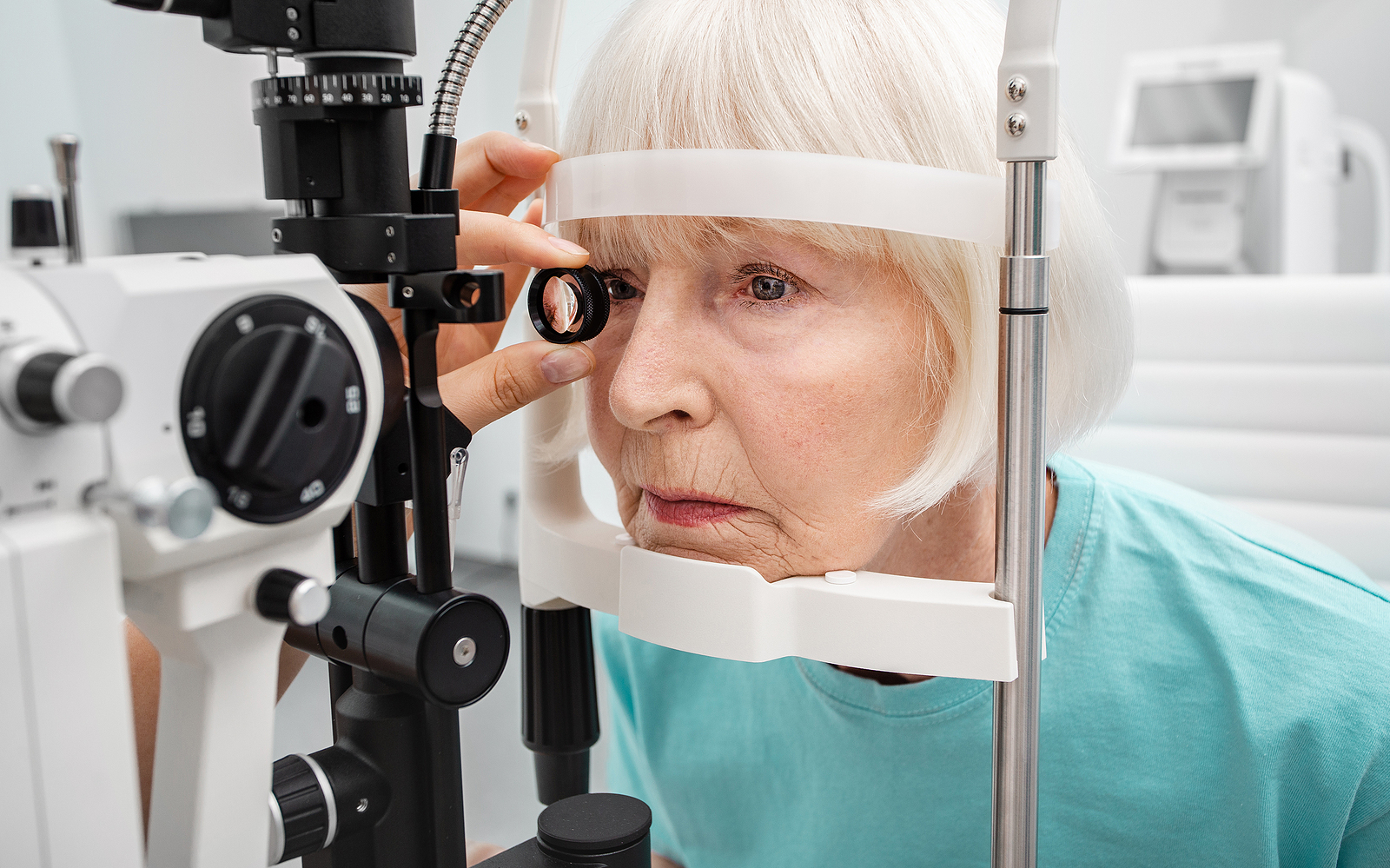How to Choose the Right Contact Lens Solution

Keeping your contacts clean is an important part of extending the longevity and effectiveness of the lenses. Learn more about different contact solutions as well as correct cleaning procedures.
Contacts are convenient, cost-effective, and less bulky to carry around than glasses. However, an essential part of wearing contacts is making sure that you’re cleaning them properly. This is essential for removing the build-up our eyes naturally create, as well as cleaning off other materials that have accumulated during the day.
When choosing a cleaning solution, it’s important to keep in mind that not all options are created equal. There are a few different types of solutions, some of which are not compatible with all lenses, so be sure to check with your eye doctor about which kind is right for you.
Types of Contact Lens Solutions
There are two main kinds of contact lens solutions: multipurpose and hydrogen peroxide-based. Each has its benefits — and deciding which is right for you is a matter of comfort and should be discussed with your eye doctor.
Multipurpose
The most common option, multipurpose solutions tend to be less expensive and easier to use. This type of solution serves a two-in-one purpose — in addition to cleaning your contacts, it will also disinfect them. While most people don’t experience any issues with multipurpose solutions, they sometimes contain preservatives or other chemicals that can irritate sensitive eyes.
Hydrogen Peroxide-Based (HPB)
HPB solutions are good for those with sensitive eyes, as they do not contain any preservatives and are very effective at breaking down the proteins that build up during daily wear. However, contacts that have been rinsed in an HPB solution cannot be placed directly in the eyes — doing so will cause an intensely painful burning sensation that requires immediate eye-flushing — so using HPBs requires an extra step in order to neutralize the solution.
Each bottle of HPB solution includes a special case with a grey disk that neutralizes the hydrogen peroxide over the course of several hours. The disk does become less effective over time, so it’s important to change both it and the case after purchasing a new bottle of solution. Note: if you do accidentally put unneutralized HPB in your eye, remove the contact immediately and flush your eyes with a sterile saline solution. If you don’t have saline solution available, flush your eyes with water or artificial tears and contact your eye doctor. The experience will be painful, but it shouldn’t cause permanent harm.
Regardless of whether you’re using a multipurpose or an HPB solution, you should not switch from one to the other without first consulting your eye doctor. Certain contact lenses may not be compatible with specific solutions, and using them together can destroy your lenses or cause damage to your eyes.
Keeping Your Contacts Clean
Because contact lenses sit directly on the surface of the eye, it’s essential that they are properly cleaned. In fact, not taking care of your contacts can lead to irritation, infection, and even blindness.
Here are a few steps you should follow in order to ensure that you’re cleaning your lenses properly:
- Always wash your hands before cleaning your lenses to prevent transferring dirt or bacteria to your eye. Use a simple hand soap — moisturizing ones can actually be damaging to contacts — and use a lint-free towel to dry your hands.
- Most contacts should be rubbed with a cleaning solution to remove whatever grime they have picked up during the day. Be sure to rinse each lens a second time to ensure that it’s clean.
- Put each lens in your case with fresh solution — topping off the dregs of whatever solution remains in the case defeats the purpose of using cleaning solution in the first place.
- Wait for the lenses to be completely disinfected before wearing them again. Overnight is usually fine, but the correct time can vary product by product. Be sure to check the solution directions for complete instructions.
- Never expose your contacts to water, even if it’s been distilled.
Have more questions about your contacts or other vision correction options? Don’t hesitate to get in touch! Contact us today to schedule an appointment at our Mesa and Chandler locations.
[DISPLAY_ULTIMATE_SOCIAL_ICONS]








